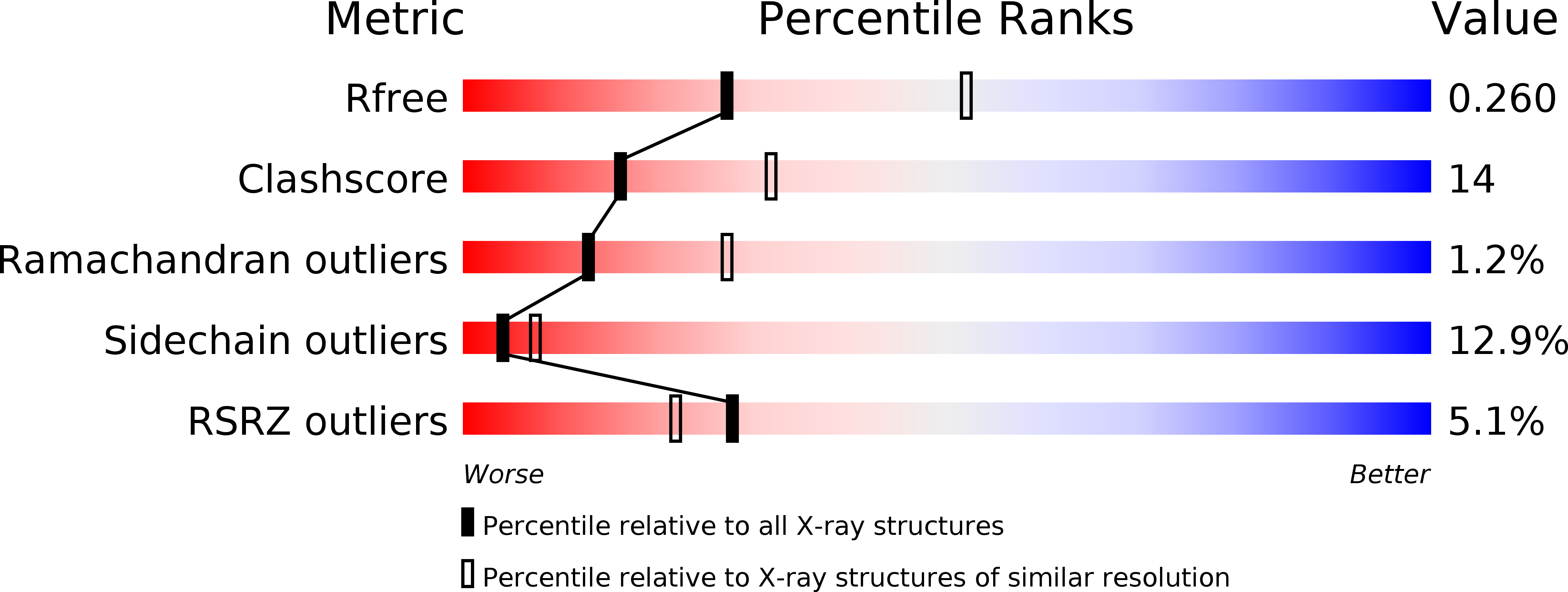
Deposition Date
2012-12-10
Release Date
2013-02-13
Last Version Date
2024-02-28
Entry Detail
PDB ID:
4IC7
Keywords:
Title:
Crystal structure of the ERK5 kinase domain in complex with an MKK5 binding fragment
Biological Source:
Source Organism:
Homo sapiens (Taxon ID: 9606)
Host Organism:
Method Details:
Experimental Method:
Resolution:
2.60 Å
R-Value Free:
0.25
R-Value Work:
0.21
R-Value Observed:
0.21
Space Group:
P 43


